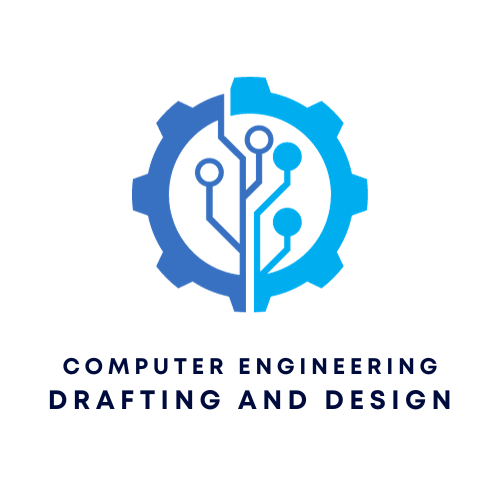Objective: To guide Computer Engineering students in determining the type of system to create by applying the “5 Whys” technique.
Materials:
- Pen and paper or whiteboard for each student group.
- Sample scenarios or user needs (provided below).
Procedure:
- Introduction:
- Introduce the “5 Whys” technique to students, emphasizing its use in problem-solving and root cause analysis.
- Highlight how the “5 Whys” can also be a tool for identifying user needs or market gaps that a new system can address.
- Setup:
- Divide students into small groups (3-4 students per group).
- Provide each group with a general scenario or user need. The scenario should be broad enough to require investigation.
- Sample Scenarios/User Needs:
- Scenario A: A local business is struggling with managing its inventory.
- Scenario B: Students at a university are finding it challenging to book study rooms.
- Scenario C: Patients at a hospital complain about long wait times for appointments.
- Application of the 5 Whys:
- Each group will apply the “5 Whys” technique to their given scenario to determine the underlying problem or need. This process will guide them in deciding what system to create.
- Why 1: Why is the business struggling with managing inventory?
- Answer: They’re using manual methods to track items.
- Why 2: Why are they using manual methods?
- Answer: They don’t have an automated system in place.
- Why 3: Why don’t they have an automated system?
- Answer: Existing systems are too expensive or complicated.
- Why 4: Why are existing systems expensive or complicated?
- Answer: They are designed for larger businesses and have unnecessary features.
- Why 5: Why aren’t there simpler systems for smaller businesses?
- Answer: Most software developers target larger businesses for higher profits.
- System Proposal:
- Based on the conclusions drawn from the “5 Whys” analysis, each group will brainstorm and propose a system that addresses the identified need. They should outline the key features, benefits, and potential challenges of their proposed system.
- Group Presentations:
- Each group will present their findings and proposed system to the class. They should explain the reasoning behind their “5 Whys” and how it led to their system proposal.
- Reflection and Feedback:
- After presentations, open a discussion for feedback. Encourage groups to critique and provide suggestions for other groups’ proposed systems.
- Conclude by having students reflect on the effectiveness of the “5 Whys” technique in system design and how it can be applied in real-world engineering scenarios.

